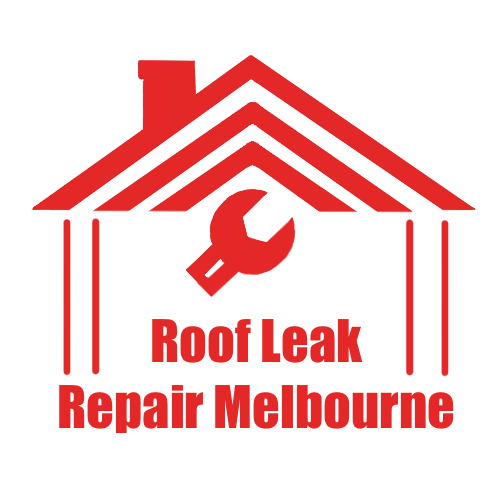Roof restoration embodies a strategic approach to revitalizing ageing roofing systems. This method tackles issues like leaks and corrosion, enhancing both durability and aesthetics. Repairing existing materials, it not only extends the roof’s lifespan but also contributes to environmental sustainability. However, the nuances of this process, including specific benefits and indicators for restoration, merit closer examination.
Highlights
- Roof restoration rejuvenates ageing roofs, addressing leaks and corrosion to extend their lifespan by 10 to 15 years.
- The process includes repairing broken tiles and applying protective coatings to maximize existing materials.
- It begins with a visual assessment, followed by high-pressure cleaning to remove debris and prepare for repairs.
- Skilled technicians ensure a watertight structure by sealing leaks and replacing damaged components during restoration.
- Roof restoration is a cost-effective alternative to frequent repairs or full replacements, enhancing property value and energy efficiency.
Definition of Roof Restoration
Roof restoration is a thorough process designed to rejuvenate ageing or compromised roofing structures, thereby enhancing both functionality and aesthetic appeal. This meticulous roof restoration process addresses issues prevalent in damaged roofs, such as leaks and corrosion. By engaging in professional roofing services, homeowners can extend the life of their roofs considerably, adding an impressive 10 to 15 years of durability.
The restoration typically involves repairing broken tiles, and ensuring structural integrity while simultaneously applying protective coatings to shield against future wear.
Benefits of Roof Restoration
A well-executed roof restoration offers numerous advantages that greatly benefit homeowners and their properties. This process not only extends your roof’s lifespan by 10 to 15 years but also proves to be a cost-effective alternative to frequent repairs or complete replacements. Enhancing a home’s aesthetic appeal, a roof restoration can markedly elevate property value, making it especially advantageous for those contemplating a sale.
Additionally, it plays a vital role in preventing future damage by mitigating the risk of leaks and structural issues that could entail exorbitant repair costs. By improving energy efficiency, homeowners can lower energy bills through the effective sealing of air leaks.
Process of Roof Restoration
Initiating the roof restoration process involves a meticulous visual assessment to pinpoint areas of damage, such as leaks and cracked tiles. This detailed roof inspection lays the groundwork for subsequent actions. Following the assessment, high-pressure cleaning is executed to eradicate dirt, moss, and algae, ensuring a pristine surface for repairs.
Skilled technicians then address any issues by replacing broken tiles, re-bedding and re-pointing the ridge capping, and sealing leaks, ultimately creating a watertight structure. The final steps of roof restoration include applying a primer and a protective coating, greatly enhancing the roof’s durability, aesthetic appeal, and longevity.
Signs You Need Roof Restoration
When homeowners notice frequent leaks that lead to unsightly water damage inside their residences, it often signals an urgent need for roof restoration. Visible sagging or dips in the roof structure can indicate serious roof damage, necessitating immediate attention from professional roofing contractors. Deteriorating roof valleys and worn areas around chimneys and vents further emphasize the importance of thorough roof repairs to prevent additional water ingress.
The presence of mould or rot, alongside cracked or broken tiles and deteriorating shingles, are also clear signs that the condition of your roof requires prompt action. Furthermore, an accumulation of granules from shingles in gutters suggests significant wear, making it essential to evaluate roof restoration before more severe damage occurs.
Cost Considerations for Roof Restoration
While the allure of a brand-new roof may be enticing, homeowners often find that roof restoration presents a more financially prudent option. Cost considerations play a pivotal role in this decision, as the average expenditure for a full roof restoration ranges from $2,500 for standard homes to $4,500 to $11,000 for larger tiled roofs.
Regular maintenance post-restoration can enhance roof lifespan and mitigate future repair costs, proving to be a financially wise choice.
| Service Type | Cost Range |
|---|---|
| Full Roof Restoration | $2,500 – $11,000 |
| Roof Cleaning Services | $250 – $500 |
| Spot Repairs | $200 – $500 |
| Professional Roofing | Varies by project |
Frequently Asked Questions
What Does Roof Restoration Involve?
Roof restoration involves a thorough roof inspection, a meticulous cleaning process, strategic repair techniques, careful material selection, and consideration of cost factors while balancing environmental impact and exploring professional services versus DIY options for aesthetic improvement and ongoing maintenance tips.
What Is the Meaning of Roof Restoration?
Roof restoration signifies a meticulous approach to roof maintenance, enhancing aesthetic appeal and weather resistance. Employing various roofing materials, it addresses common issues, improves energy efficiency, and offers a cost comparison against complete replacement, with varying lifespan expectations.
Are Roof Restorations Worth It?
The worth of roof restorations hinges on cost analysis, longevity benefits, and aesthetic appeal. Professional services can enhance market value, while material choices and maintenance requirements influence environmental impact and insurance coverage, making DIY considerations essential.
How Long Does a Roof Restoration Last?
The longevity of a roof restoration largely depends on restoration materials, maintenance frequency, and weather impacts. Common techniques and professional services enhance roof lifespan, while regular inspections and considerations of cost factors guarantee maximum restoration benefits.
